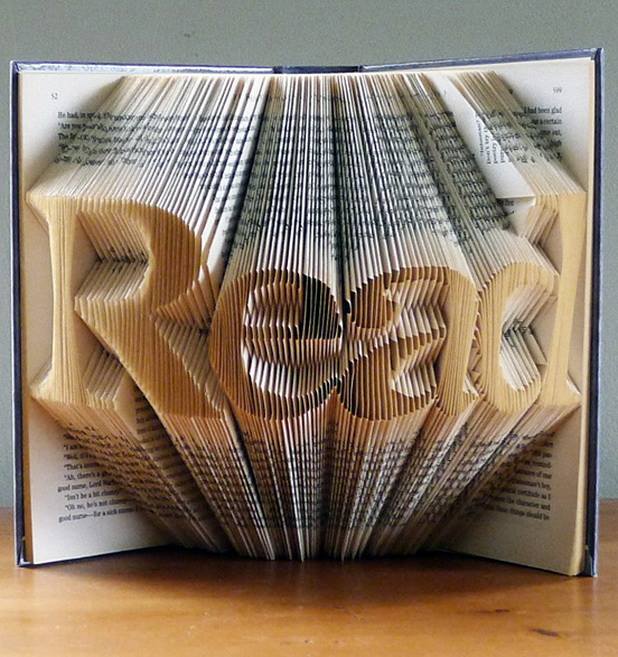 I found on the Passive Voice a reference to the latest Harris Poll concerning Americans’ reading habits. The upshot was that Americans who read more electronically, read more, period. There is, however, a wealth of useful information to be gleamed from the report. So, who exactly are our readers? And how much of a difference does the medium – paper or electronic – make?
I found on the Passive Voice a reference to the latest Harris Poll concerning Americans’ reading habits. The upshot was that Americans who read more electronically, read more, period. There is, however, a wealth of useful information to be gleamed from the report. So, who exactly are our readers? And how much of a difference does the medium – paper or electronic – make?
Not long ago hardcover and paperback were the main options available to readers, but then e-readers hit the scene, followed by tablet computers. With the additional options of reading on your computer or your phone, these days it seems as though just about the only thing standing between Americans and a good read is setting aside the time.
Americans seem to be embracing their broader options, as the majority (54%) currently read e-books, including two-thirds of Millennials (66%).
When asked to consider any format – not just hardcovers and paperbacks, but electronic formats as well – a strong majority of Americans (84%) say they read at least one book in an average year, with over a third (36%) saying they read more than ten. On average, Americans report reading roughly 17 books per year. Looking at demographics:
- Matures read 25 books per year,
- Baby Boomers read 19 books and
- Millennials read 13. However, they were more likely than their elders to have read more in the past six months.
Sex-wise, women read twice as many books as men (23 as opposed to 11). This ties in with research by the Reading Agency, according to which almost half (46%) of the men asked are reading fewer books now than they did in the past; a third prefer the internet and 30% engage more with film and TV. Indeed, almost 30% of men admit that they haven’t really picked up a book since they were obliged to at school.
Interestingly enough, those who read either more or exclusively in the e-book format are more likely to read over 20 books in an average year (30%) than either those who read more/only in hard copy (18%) or those who read in both formats equally (21%). They also report a higher average readership per year than either hard copy hardliners or equal-opportunity readers (22.5 books vs. 16 and 15, respectively).
Finally, those favoring e-books purchased roughly twice as many as those preferring hard copies (fourteen, as opposed to seven). However, the hard copy format is still king. Nearly half of Americans (46%) say they only read hard copy books, with an additional 16% saying they read more hard copy books than e-books. Seventeen percent (17%) read about the same number of hard copy and e-format books, while 15% read more and 6% read exclusively in the electronic format.
For the full post and the original data, visit the original Harris Poll page.





Reblogged this on Chris The Story Reading Ape's Blog….. An Author Promotions Enterprise!.
Interesting stuff. I guess that’s why YA and New Adult go down so well. All those kids of the noughties.
Cheers
MTM
Ah, today’s reckless youths, with their fast roadsters, mini skirts and jungle music… Tut tut tut… 😀
Indeed, says 45 year old, Lotus driving, reckless Mum, nodding sagely. 😉
Very interesting! I never thought about it, but it definitely makes sense that ebook readers would buy more books — just point and click! I wonder what the takeaway from this information is, for self-publishing? Obviously we need to have both ebook and print options available. Hmm …
I don’t think there’s much of a takeaway in regards to the medium, to be honest. In that respect, the poll only serves to explain why my ebook sales are vastly more than my print ones.
It does show, however, who is more likely to read a book: older women. That probably explains why, say, romance is much more popular than fantasy.
Don’t worry though, I’ll still buy your books! 😀
Or you could get a sex change, use a time machine to age 20 years, and buy even more books!
Wait, that’s a terrible idea …
Ha ha, remind me never to come to you for advice! 😀
You do realize we just described your favorite beta-reader – ie your mom – right?
Oh goodness, we did. Except that she barely reads anything because she spends all her time working or renovating the house she just bought and decided to flip. She did buy an ereader a few years ago, but I don’t think she actually read anything on it, lol.